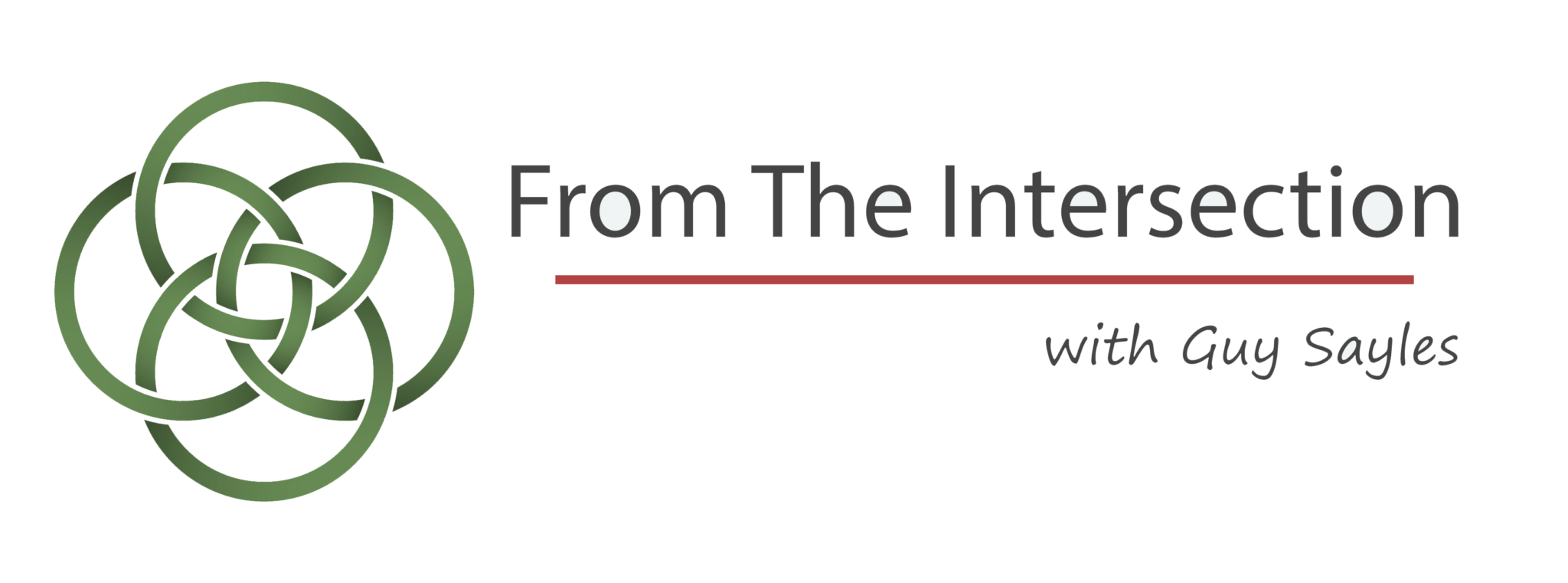I borrowed this phrase from the Anglican John A. T. Robinson: “the human face of God.” Here’s what it means to me:
When I look at Jesus, I see what a human being is meant to be: fully alive and fully engaged. Reynolds Price has said that, in Jesus, we catch “sight of a single human life lived nearer to the Maker’s mind than any other life yet heard of” (Three Gospels, p. 240). In the Gospels, I read about his bending every power of his mind and will and harnessing every energy of his heart and spirit, to love God and love his neighbors. He was grateful for the beauty and bounty of the world. Flowers, birds, and farmers were his teachers. Lakes, mountains, and sunsets replenished his soul. He cherished his heritage and listened carefully to those had gone before him on the journey of faith. He was passionate about freedom, justice, and peace, which meant that he was impatient with pretense and suspicious of power, tender toward children and compassionate toward the broken. He considered women to be equal to him and not inferior. He welcomed, rather than excluded, the stranger and the outcast. He grieved and celebrated— laughed and lamented—embracing the joys and sorrows that came his way. He promised abundant life, and people believed that he could deliver what he promised because he was so gloriously and wondrously alive, more alive than any human being has ever been.
I hear his life calling out to mine, beckoning me, urging me, encouraging me to be done with hesitation, fear, shame, and guilt; to lose my false self in the great mystery of God’s reality; and to take up my true life by serving something far vaster than my own small ambitions and far more enduring than my short span of years: the rule and reign of God. When I see Jesus, I see what it means to be human. What I see awakens in me a desire to be like him.
And shining from that face so radiant with humanity, I also see the bright light of God. One of the most astonishing things Jesus ever said was: “The one who has seen me has seen the Father.” In other words, “When you look at me, you see what God is like.” That means that God is not aloof from us, detached and uninvolved, disinterested and disconnected. Instead, God is with us, one of us, sharing our lives, tasting our joys, feeling our sorrows. That means God is not vindictive and capricious, ready to pounce on every flaw and quickly punish every mistake and judge harshly every sin. Instead, God comes to us in our failure and lifts us out of shame and wipes the tears of guilt from our eyes and tells us, “I do not condemn you; instead, go and sin no more.” Again, Reynolds Price: In Jesus we hear spoken “that sentence all humankind craves from stories: The Maker of all things loves and wants me” (p. 177). When we see Jesus, we see what God is like.
Discover more from From The Intersection
Subscribe to get the latest posts sent to your email.


Recent Comments